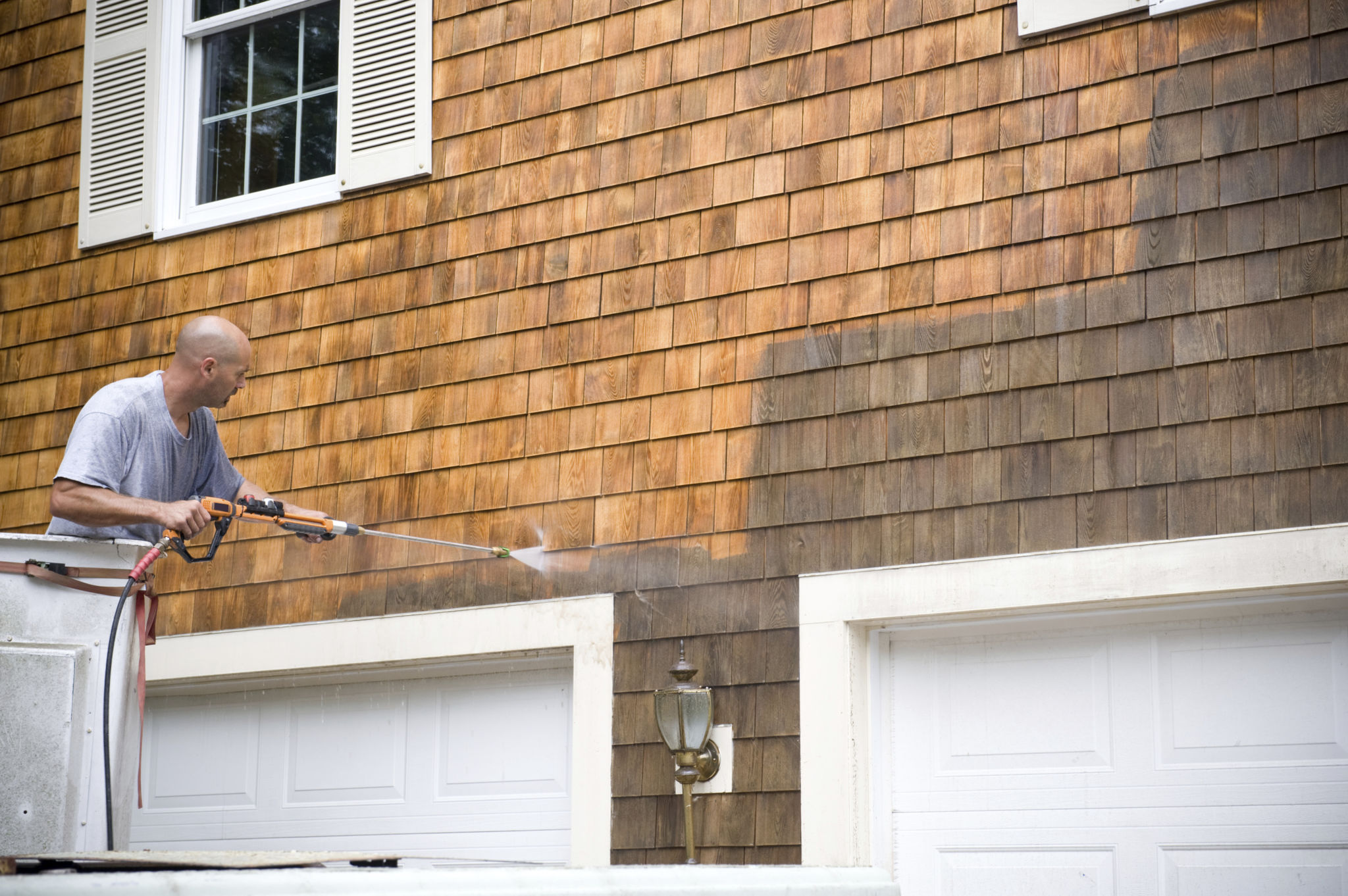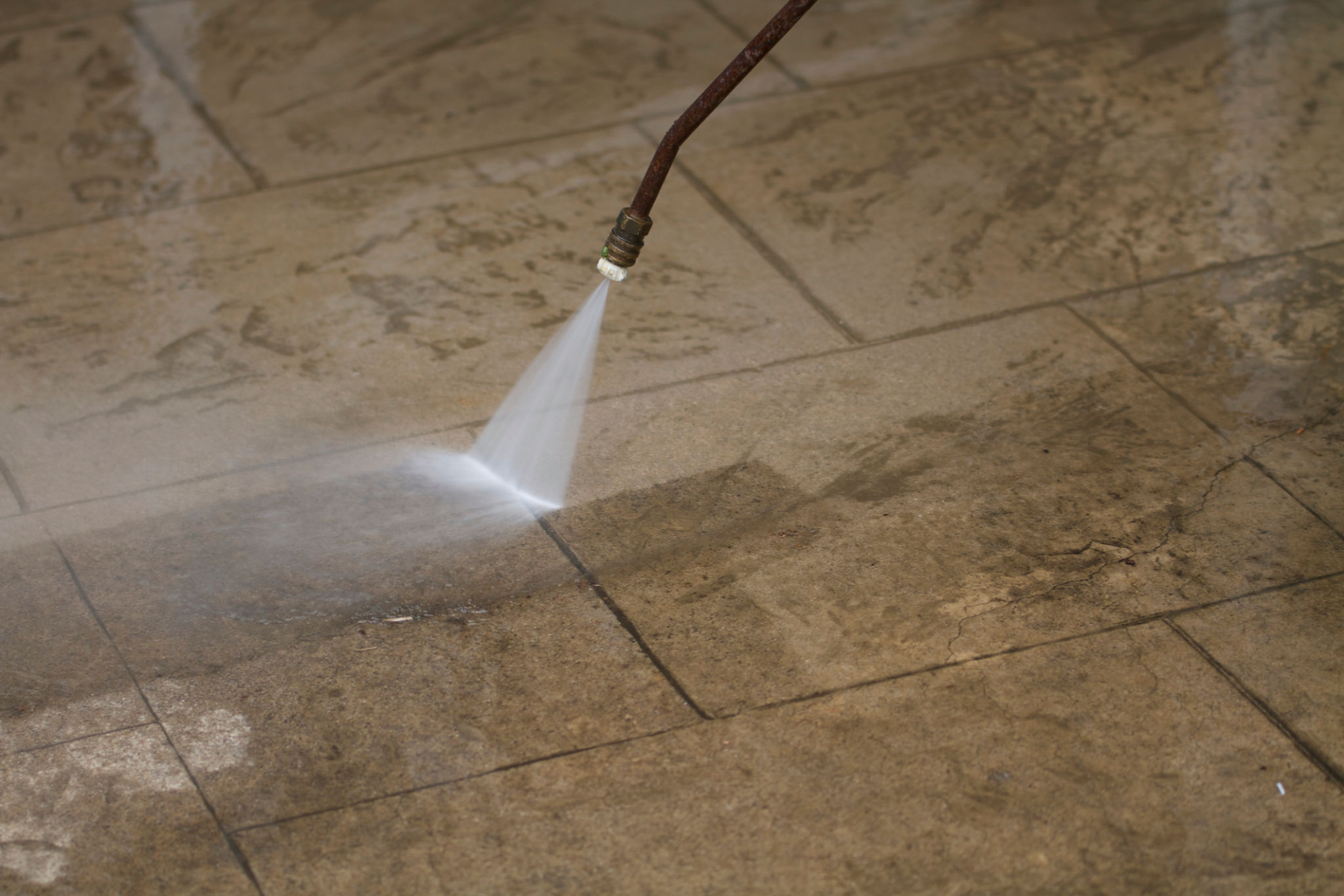The Ultimate Guide to Power Washing: Benefits and Best Practices
Understanding Power Washing
Power washing, also known as pressure washing, is a highly effective cleaning technique that involves using a high-pressure water spray to remove dirt, grime, mold, and other unwanted materials from surfaces. This method is widely used for cleaning everything from residential homes to commercial buildings, as well as sidewalks, driveways, and decks. The primary advantage of power washing is its ability to quickly and effectively clean large areas, making it a popular choice for property maintenance.

The Benefits of Power Washing
There are numerous benefits to incorporating power washing into your regular property maintenance routine. Firstly, it significantly enhances curb appeal by restoring surfaces to their original clean state. This is particularly beneficial if you are looking to sell or rent out a property. Additionally, power washing can prolong the lifespan of surfaces by removing harmful contaminants that can cause deterioration over time.
Moreover, power washing is an environmentally friendly cleaning method when done correctly. By utilizing water pressure rather than harsh chemicals, it minimizes the need for chemical cleaners that can harm the environment. This makes it a preferred option for those looking to maintain their property while being conscious of their ecological footprint.
Best Practices for Power Washing
To achieve optimal results, it's crucial to follow best practices when power washing. Here are some key tips to keep in mind:
- Choose the right equipment: Depending on the surface and the level of cleaning required, select an appropriate power washer. Consider factors like pressure levels and nozzle types.
- Test a small area first: Before tackling the entire surface, test a small, inconspicuous area to ensure the pressure level is appropriate and won’t cause damage.
- Use the correct technique: Keep the nozzle at a consistent distance from the surface and use even, sweeping motions to avoid streaking or damage.

Safety Precautions
While power washing is an effective cleaning method, it's important to prioritize safety. Always wear protective gear, such as gloves and goggles, to safeguard against flying debris and water spray. Ensure that the area you're cleaning is free of obstacles to prevent tripping hazards. Additionally, be mindful of electrical outlets and connections in the vicinity to avoid potential electrical accidents.
If you're unsure about handling a power washer safely or effectively, consider hiring a professional service. Professionals have the expertise and equipment necessary to complete the job efficiently while minimizing risk.
When to Power Wash
The ideal time for power washing varies depending on your climate and specific needs. Generally, it's best done in mild weather conditions to allow surfaces to dry quickly post-cleaning. In most regions, spring and fall are excellent times for power washing as they provide moderate temperatures and less humidity.

Common Mistakes to Avoid
Avoiding common mistakes ensures that your power washing efforts are both effective and safe. One frequent error is using too much pressure, which can damage surfaces like wood or paint. Another mistake is neglecting regular maintenance of your power washing equipment, which can lead to inefficient performance or failure.
Lastly, not all surfaces are suitable for power washing. Delicate surfaces such as roofing tiles or certain types of siding may require alternative cleaning methods. Always assess the material before proceeding with power washing.
Conclusion
Power washing is an invaluable tool for maintaining the cleanliness and longevity of your property. By understanding its benefits and adhering to best practices, you can effectively enhance your property's appearance and health. Remember to prioritize safety and consider professional help if needed. With regular power washing, you can enjoy a well-maintained environment that stands the test of time.
